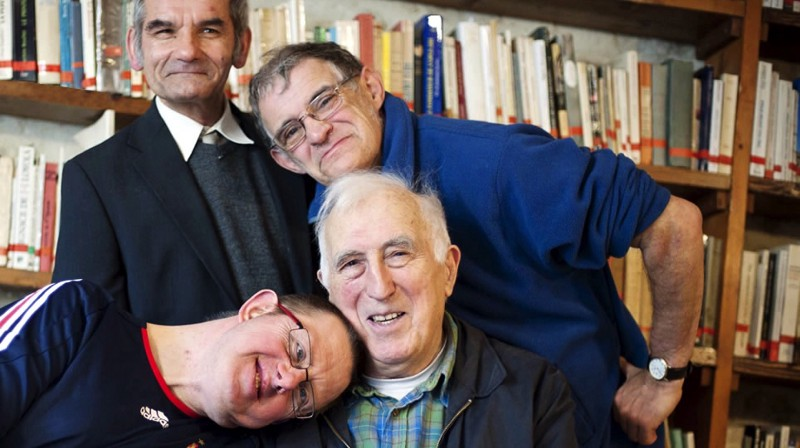
I have been thinking about happiness lately. Actually I have been thinking about it for 20 years in relation to my private counseling/ coaching practice. I have noticed that the people with the most peace of mind aren’t the ones who judge their days based on a 1-10 scale of whether they are happy. That said there has been a plethora of recent clinical psych research on the subject of happiness, which supports the idea that there is a thirst for what the majority of us believe is possible.
Personally I have come at this topic from the other side:
“Am I unhappy? Really? Right now, what is so terrible that I can conclude I am unhappy?”
Right now is the key to getting clear on this – it narrows my opinion and forces me to be honest.
Below is Darrin McMahon’s 2008 talk on the history of happiness and his perspective. The talk took place at the Happiness and Its Causes Conference in San Francisco – co-sponsored by the UC Berkeley Greater Good Science Center. McMahon is a professor of history from Florida State and authored the book Happiness, a History.
I hope you enjoy reading it as much as I did. Have a great week and we will “talk” soon!

 We often turn away from making an effort to gain what we want. We become unnerved and intimidated because we think we are too young, too old, too out of the loop – to succeed. The truth is most people underestimate what they can do with steady long-term effort. The Daily Stoic’s recent post reminds us to steadily push for the life we want. No matter our age, pick up the broom and begin.
We often turn away from making an effort to gain what we want. We become unnerved and intimidated because we think we are too young, too old, too out of the loop – to succeed. The truth is most people underestimate what they can do with steady long-term effort. The Daily Stoic’s recent post reminds us to steadily push for the life we want. No matter our age, pick up the broom and begin.

